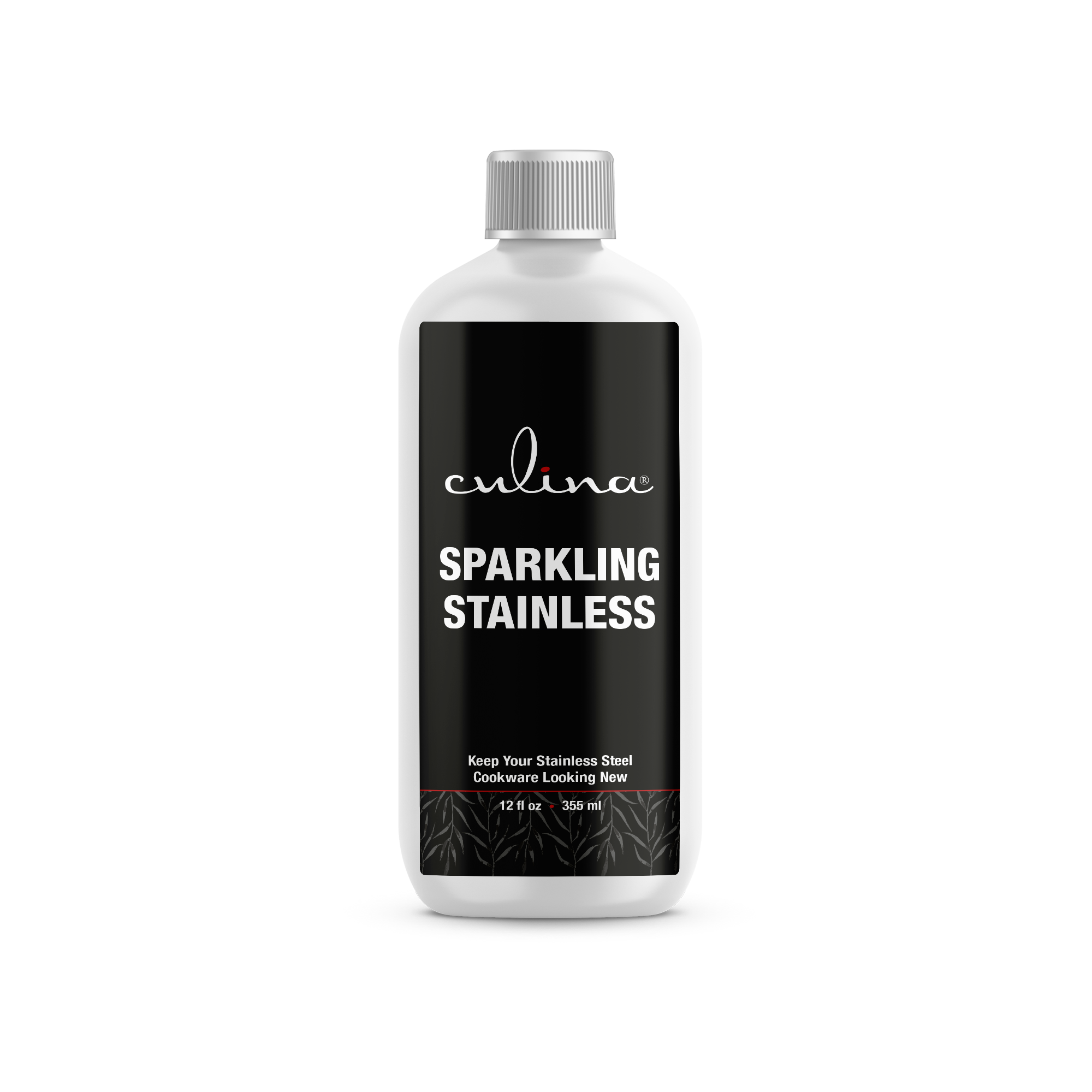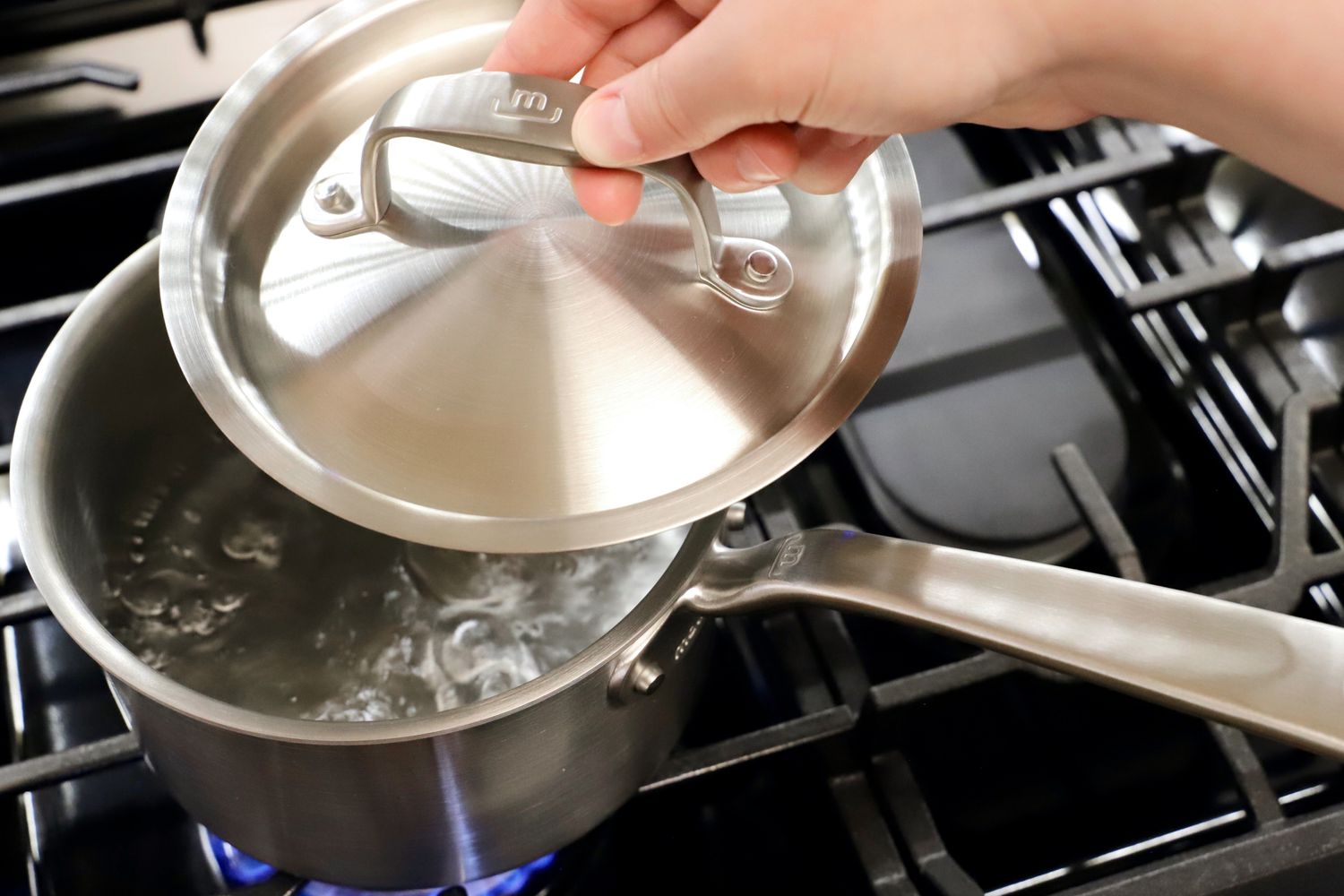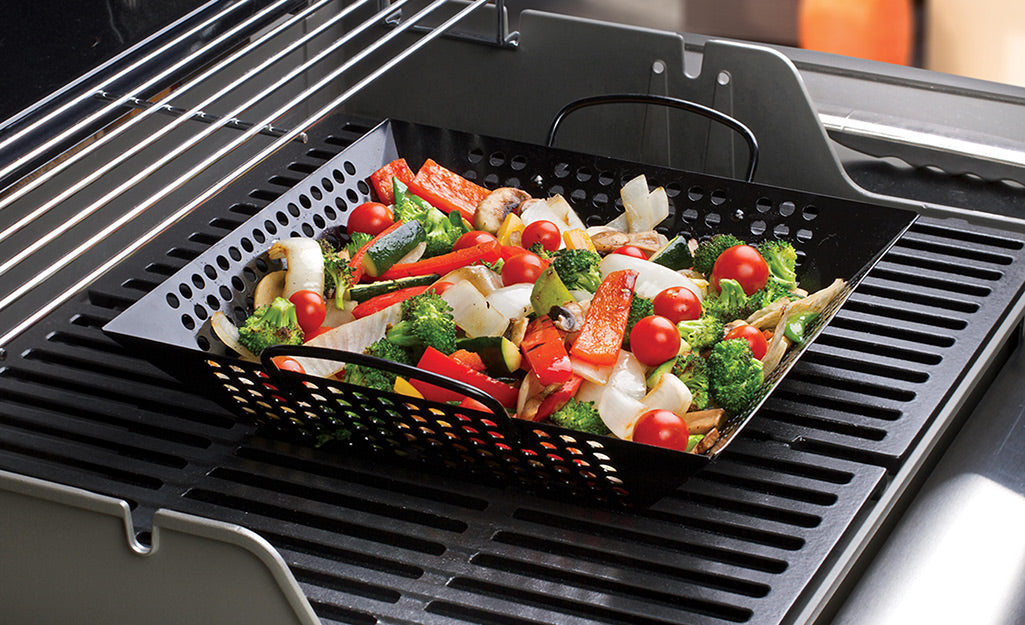When it comes to cooking, the tools in your kitchen can often make or break a dish. Among these essential tools is the saucepan. But what is a standard size saucepan? This article dives deep into the dimensions, uses, and characteristics of saucepans, ensuring that kitchen professionals are fully informed and equipped.
A saucepan is a versatile cooking instrument, perfect for a variety of culinary tasks ranging from boiling to simmering. The standard size saucepan holds particular importance in kitchens, influencing not only cooking volume but also the efficiency of the cooking process. So lets get into some key details!

Understanding the Dimensions of a Standard Size Saucepan
A standard size saucepan typically ranges from 1 to 3 quarts in capacity. This measurement, while subjective, aligns with common practices in most kitchens. The diameter usually spans between 6 to 8 inches, and the height can vary, often being around 4 to 6 inches. This makes it suitable for making sauces, soups, and other liquids.

Why is the Size Important for Kitchen Professionals?
For those in the culinary field, understanding the sizes of pans is essential for efficient work. The standard size saucepan serves multiple purposes:
- Versatility: Whether you are making a quick pasta sauce or simmering a soup, a saucepan is irreplaceable.
- Portion Control: Knowing the size helps in preparing proper portions, which is crucial in a professional setting.
- Cooking Techniques: Different sizes influence the method of cooking; smaller pans are great for quick heating, while larger ones are ideal for slow cooking.
Materials and Their Impact on Cooking
There are multiple materials used to construct saucepans, each impacting cooking differently:
- Stainless Steel: Durable and great for even heating. This is a common choice in professional kitchens. Check this high-quality option.
- Non-stick: Ideal for sticky sauces and easy cleanup, but may not withstand high heat.
- Copper: Excellent for precision cooking due to its high thermal conductivity.
Choosing the Right Standard Size Saucepan
When selecting a saucepan for professional use, consider the following:
- Cooking needs: Depending on what dishes you frequently make, choose a size that can accommodate those needs.
- Heat sources: Ensure that the material is compatible with your cooking appliances.
- Storage: Consider how much space you have available in your kitchen.
For additional tips on how to choose a saucepan, check out this helpful guide.

Traditional vs. Modern Saucepan Designs
Today, saucepans come in various designs that reflect modern cooking styles. Traditional saucepans may have thicker bases and be heavier, while modern variants are often lighter and designed for specific cooking techniques. Kitchen professionals must know that the design can affect not just the aesthetic of the kitchen but also the cooking experience itself.

Conclusion
The standard size saucepan is an unmissable tool in every kitchen. Understanding its dimensions, uses, and variations can streamline cooking processes and elevate the quality of dishes. Whether it is boiling, simmering, or making sauces, a well-chosen saucepan can bring remarkable changes to your cooking practices. Regularly reviewing your kitchen tools, including saucepans, ensures that you remain efficient and effective in your culinary endeavors.
For further tips on how to care for your saucepan, check out this resource on sanitizing your saucepan.
FAQs
-
What is the standard size for a saucepan?
The common sizes range from 1 to 3 quarts, with 2-quart saucepans being among the most frequently used. -
Can I use a saucepan for frying?
Yes, saucepans can be used for frying, especially if they have high sides to minimize splattering. -
What material is best for a saucepan?
Stainless steel is often considered the best due to its durability and ability to conduct heat evenly.
As an Amazon Associate, I earn from qualifying purchases.





Leave a comment
This site is protected by hCaptcha and the hCaptcha Privacy Policy and Terms of Service apply.